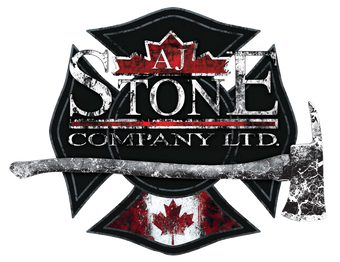What is a Fixed Flow Firefighting Nozzle?
A fixed flow firefighting nozzle serves a critical role in fire response, offering a consistent flow capacity during operations. These nozzles may come in combination types, providing options for both a straight stream and a fog pattern. It's important to note that while smooth bores are a type of fixed flow nozzle, not all fixed flow nozzles are smooth bores.
We talk about Smooth Bore nozzles here. For this article, we will focus on combination nozzles.
What Defines a Fixed Flow Nozzle?
A fixed flow firefighting nozzle operates at a predetermined flow capacity, allowing for a single flow rate during firefighting operations. The nozzle operator does not have the flexibility to alter the flow rate, but the crew can achieve a higher flow rate by over-pumping the nozzle based on its K-factor, albeit with increased nozzle reaction management.
How Does a Fixed Flow Nozzle Operate?
Using a fixed flow nozzle shares similarities with other nozzle varieties. Regulation of water flow is achieved by manipulating the bail handle, while combination nozzles offer pattern customization through adjustments to the bumper located at the nozzle's front. Moreover, the fixed flow nozzle adheres to a flow and pressure calculation formula similar to that of smoothbores.
Flow Calculation Formula:
GPM = (29.7) (d)2 (√NP)
- GPM: Gallons Per Minute
- 29.7: Constant
- d: Nozzle Orifice Diameter in Inches
- NP: Nozzle Pressure PSI (Pitot Pressure)
For a practical demonstration and a detailed explanation, refer to the accompanying video at the bottom.
Weighing the Pros and Cons
Considering the advantages and disadvantages of fixed flow combination nozzles is crucial in making an informed decision:
Pros:
- Simplified and straightforward nozzle operation.
- Flexibility to choose between a straight stream or fog pattern as per operational requirements.
- Elimination of accidental selection of a different flow rate, reducing communication complexity between nozzle and pump operators.
Cons:
- Risk of accidental movement of the bumper, leading to a shift in the flow pattern.
- Inability to select an alternative flow rate when needed, necessitating either nozzle switch or careful management of additional nozzle reaction.
Is a Fixed Flow Combination Nozzle Right for You?
The decision to use a fixed flow nozzle ultimately rests with you and your team. Each firefighter has their own nozzle preferences, best determined through practical experience, training, and staying informed of the latest research and innovations. Tailoring your nozzle choice to the specific needs of the fire ground you typically encounter is vital. Additionally, considering your available water supply is key; consistent and predictable water supplies may favor the use of fixed gallonage nozzles. Remember, selecting the right nozzle depends on multiple factors, and staying informed and adaptable is key to effective firefighting operations.
